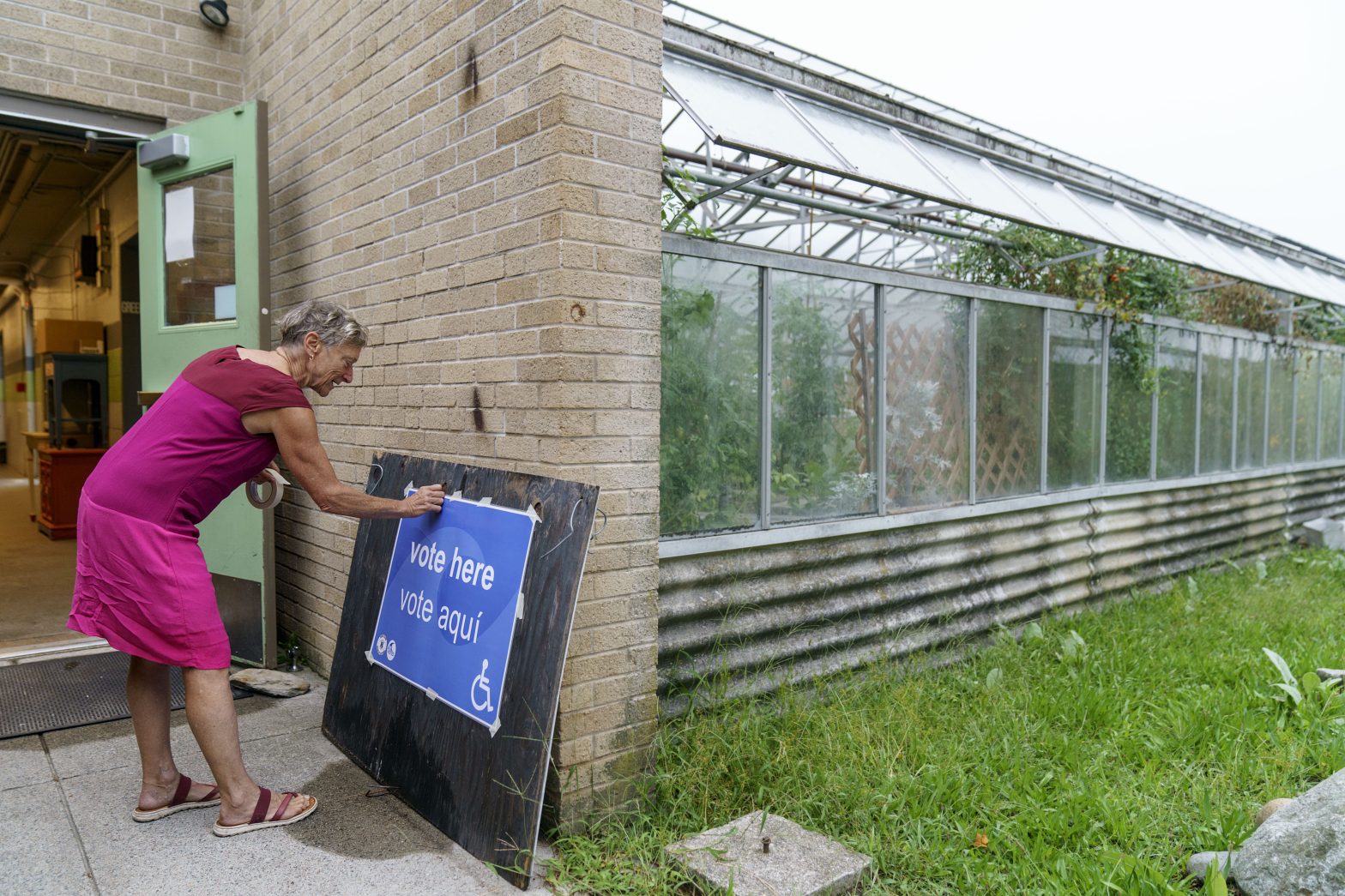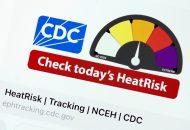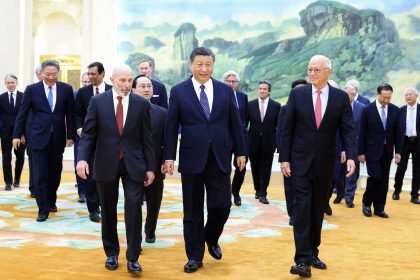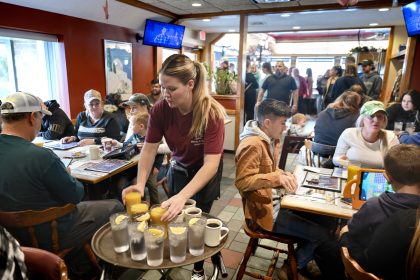Closing the Election Information Gap
COMMENTARY

Nearly half of all eligible American voters won’t vote in the midterm elections this November. National voter turnout in midterm elections is traditionally low, as demonstrated by 2018’s 53% being considered a big improvement compared to 2014’s much lower turnout of 42%.
This year’s midterm elections hold uniquely significant power for the future of our nation. Voters will decide who will fill 35 Senate seats, all 435 positions in the House of Representatives, in addition to deciding the governors who will lead 36 states and three territories. The party that wins control of the House and Senate will determine what direction the country goes in on several key issues including abortion, government spending, immigration, climate change and voting rights.
Regardless of these mounting issues, many voters don’t participate due to increasing time constraints and extreme difficultly surrounding how to genuinely educate themselves about the candidates. A study by the Knight Foundation found 80% of active voters feel they have enough information to decide who to vote for, while only 59% of nonvoters do. Further demonstrating this information gap, a MassINC poll taken before the recent Massachusetts primary said 71% of Democratic primary voters didn’t think they had enough information to decide between the two candidates for auditor and 60% said they didn’t know enough to make a decision for lieutenant governor.
The pathways of information can be like an obstacle course. According to the Center for Civic Design only 9% of jurisdictions send information directly to voters such as a voter guide or sample ballot, leaving the majority of the country on their own to seek out this necessary information. Further complicating the issue, rising mistrust about bias in the media has left many voters either skeptical about information they receive in the media or getting their information only from news outlets that share their political views. The websites of the candidates themselves are designed to present their candidate in the best possible light to convince residents to vote for them and not their opponent. We must enhance these pathways to information to increase voter turnout.
There are several steps that can be taken to fix this information gap that is blocking some voters from voting with confidence.
- Make nonpartisan information easy to find. Voters shouldn’t need a political science degree to figure out where the candidates stand on the issues. If nonpartisan information is put in one centralized location that is easy to access by laptop or smartphone, voters can learn about the candidates more efficiently, which will increase their chances of finding the time to educate themselves before the election.
- Use social media to reach younger voters. Millennials and Gen Z voters now make up a third of the electorate. According to Ad Council research 86% of users under 29 years of age get their political news directly from social media (predominantly Instagram and TikTok) and prefer messaging that’s both informal and visual (casual videos, designed infographics). Using these platforms can help get information to these voters in the way they want to receive it.
- Make it interactive. The popularity of games like Wordle show that people will find time to do an activity if it is presented like a game with rewards. If voter information were presented in a user friendly and fun way and users were given some recognition for participating, they would be more likely to make the time to engage.
- Encourage political conversations. Politics should not be a taboo subject at the dinner table or at social events with friends. It is through these conversations, as uncomfortable as they can sometimes be, that people learn about candidates, become aware of the issues, and develop their positions on them. We should destigmatize talking about politics with our family, friends, and neighbors and encourage conversing in a respectful, constructive way.
- Provide resources for people with additional barriers. People who have trouble getting voter information through easily accessible means because they do not have the proper resources, are non-native English speakers, or have a disability should not be sidelined from the voting process. Whether it is recruiting volunteers to read ballots and information to those who are illiterate or distributing materials in several languages as well as in Braille for blind voters or having sign language interpreters at debates, there should be equal access to candidate and issue materials to encourage as many people as possible to participate and feel as if their voice matters.
A lack of information should not be the barrier that prevents people from doing their civic duty and being part of the political process. Voting is a powerful tool that makes our voices heard and empowers decisions to be made that reflect our values and vision for what our country can and should be. Knowledge is the power that drives our nation forward — we must ensure we create an equitable and just system of voter information that serves all Americans.
Sara Gifford is the founder and COO of ActiVote, an app and website created to give voters of all ages and in all states free one-stop access to reliable, unbiased information about local and national elections and politicians. You can reach ActiVote by email here or on Twitter @ActiVoteUS.






















